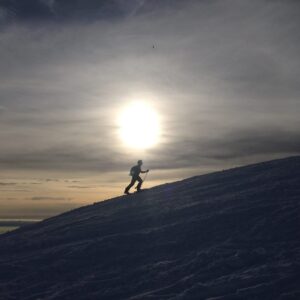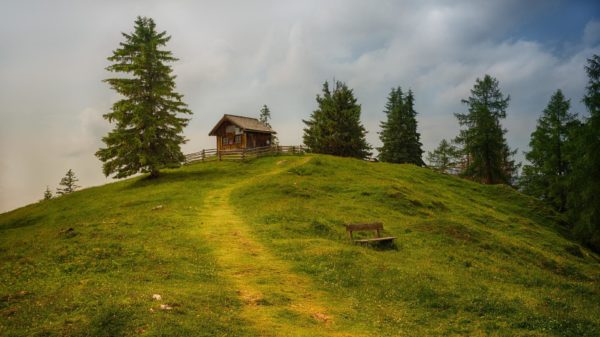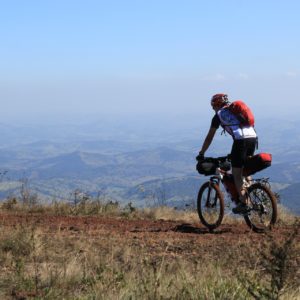Ski mountaineering is one of the most complete and spectacular outdoor winter sports, an activity that gives you a unique experience of the mountains in the winter and spring thanks to the mysterious allure of the ascent and the adrenalin-rush excitement of the descent.
Let’s look at 5 tips to make all the difference on the ascent.
- Prepare as well as possible
You don’t go to the mountains to exceed your personal limits.
Study the trip: select an elevation difference suited to your training and check the weather forecast, the snow conditions and read reviews by people who have already tackled the same route.
To arrive well-prepared you need a good level of basic endurance, for better performance you need specific exercises to increase your strength, and you need High Intensity Interval Training to raise your anaerobic threshold.
Ski mountaineering is a complete sport that involves the whole body – you clearly need to mainly focus training on your legs but without neglecting the rest. Your core, for example, plays an essential role.
- Climb with regularity
A constant pace is essential. It is very important that you find your own pace initially, and that you maintain it throughout the activity. Begin at a slightly slower pace than your body tells you is right, then you can increase it later. As well as a regular pace, choose a route that suits your training and weight, avoiding excessive variations in gradient.
- Minimize your weight
There’s no mystery in the fact that to go quicker uphill you need to increase your Power/Weight ratio. While power is a parameter that you can improve through training, you can reduce your weight by taking some simple steps.
There are three “heavy factors” when climbing with skis: the body, equipment and clothing.
You can reduce your weight with a healthy diet and a balanced lifestyle.
As for equipment, you should favour simplicity and choose the lightest materials. Your backpack should contain everything you need but no more, and you should choose your skis and boots with care.
Clothing is lighter if it’s made of high-performance materials like Dryarn, which weighs over 30% less than PES and wool while also having superior breathability and heat dispersion. In the mountains you need to wear multiple technical layers, and a lightweight material can really make all the difference.
- Maintain maximum concentration
Your mind also plays a crucial role. Staying focused on the effort, on breathing regularly and on the slope enables you to be more reactive and to avoid needlessly wasting energy. Good concentration enables you to avoid obstacles and not make mistakes. As you climb you need to monitor lots of factors like the temperature, the route, your level of tiredness and your clothing. Staying focused enables you to do this effectively.
- Never get out of breath
It may seem paradoxical, but to go faster when climbing with skis you should never go all out. An over-rapid pace can make you anxious, causing you to lose your lucidity and waste energy unnecessarily.
Conditions in the mountains change quickly, and the altitude makes you short of breath and dims your focus. The best advice is therefore to never go all out, enabling you to react to any unforeseen events with a fresh mind.
Use your legs, but above all your head!
For more advice subscribe to our YouTube channel.







